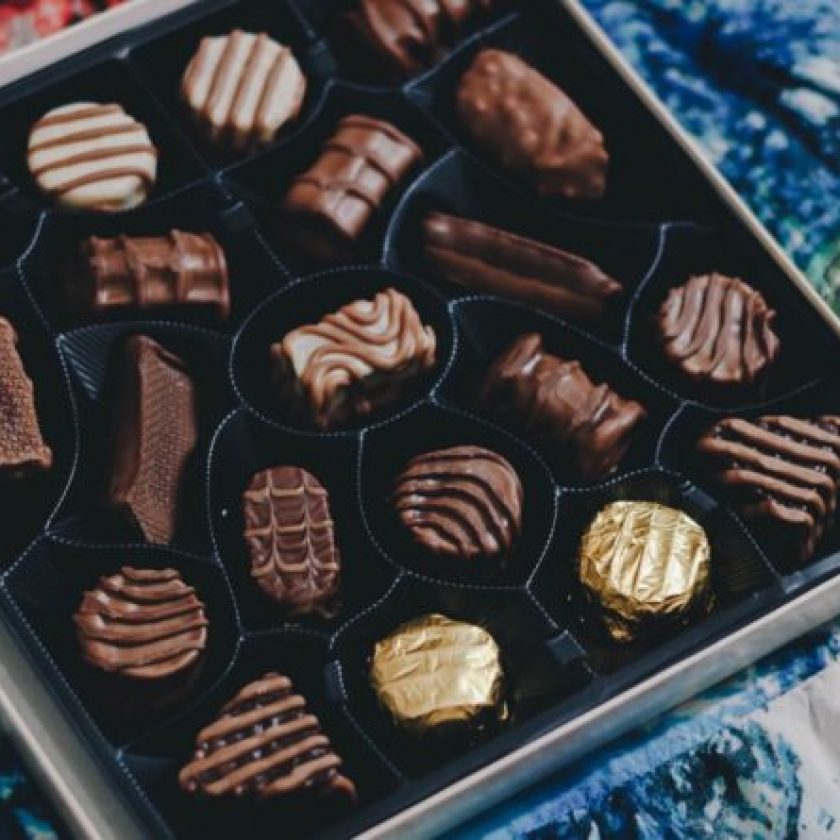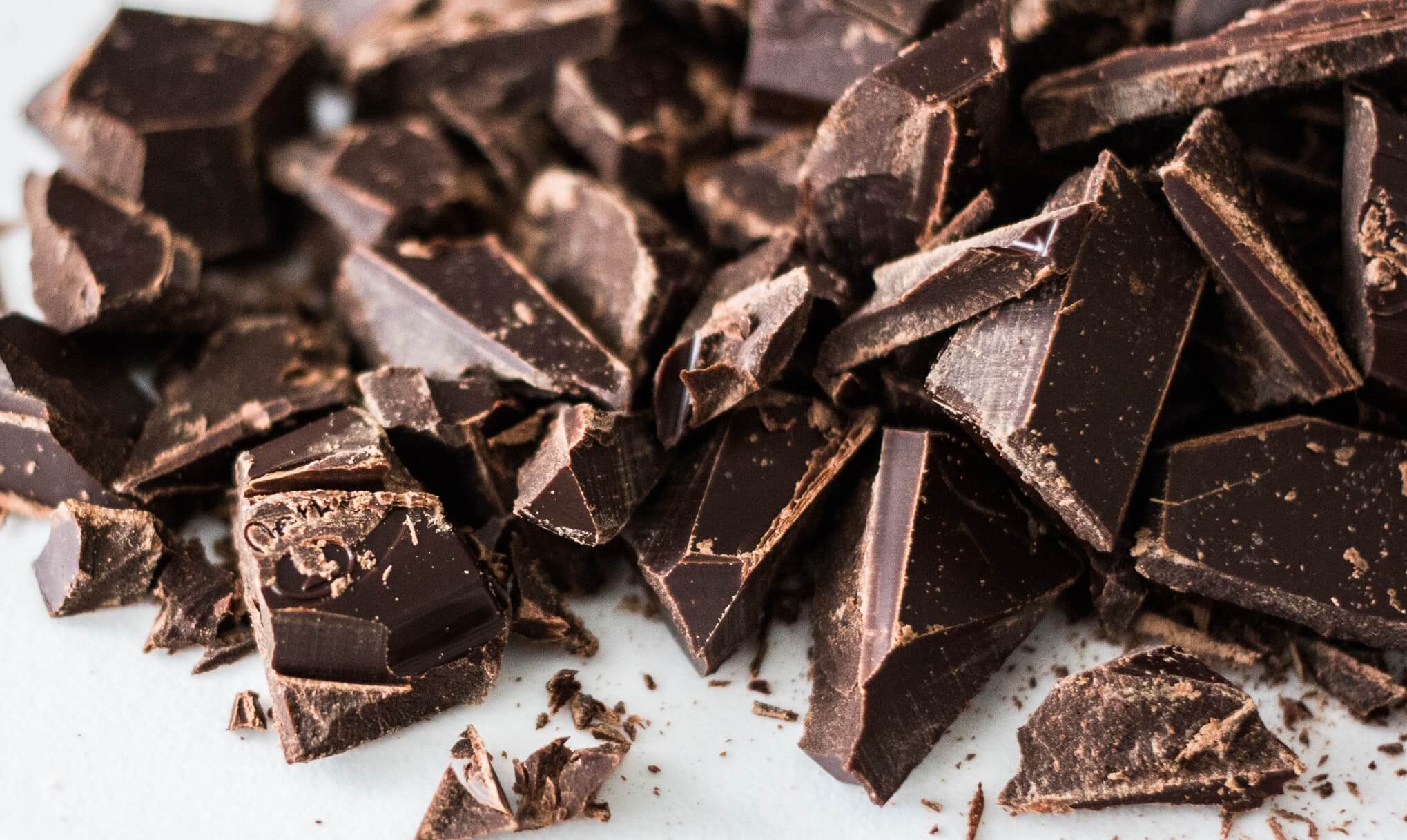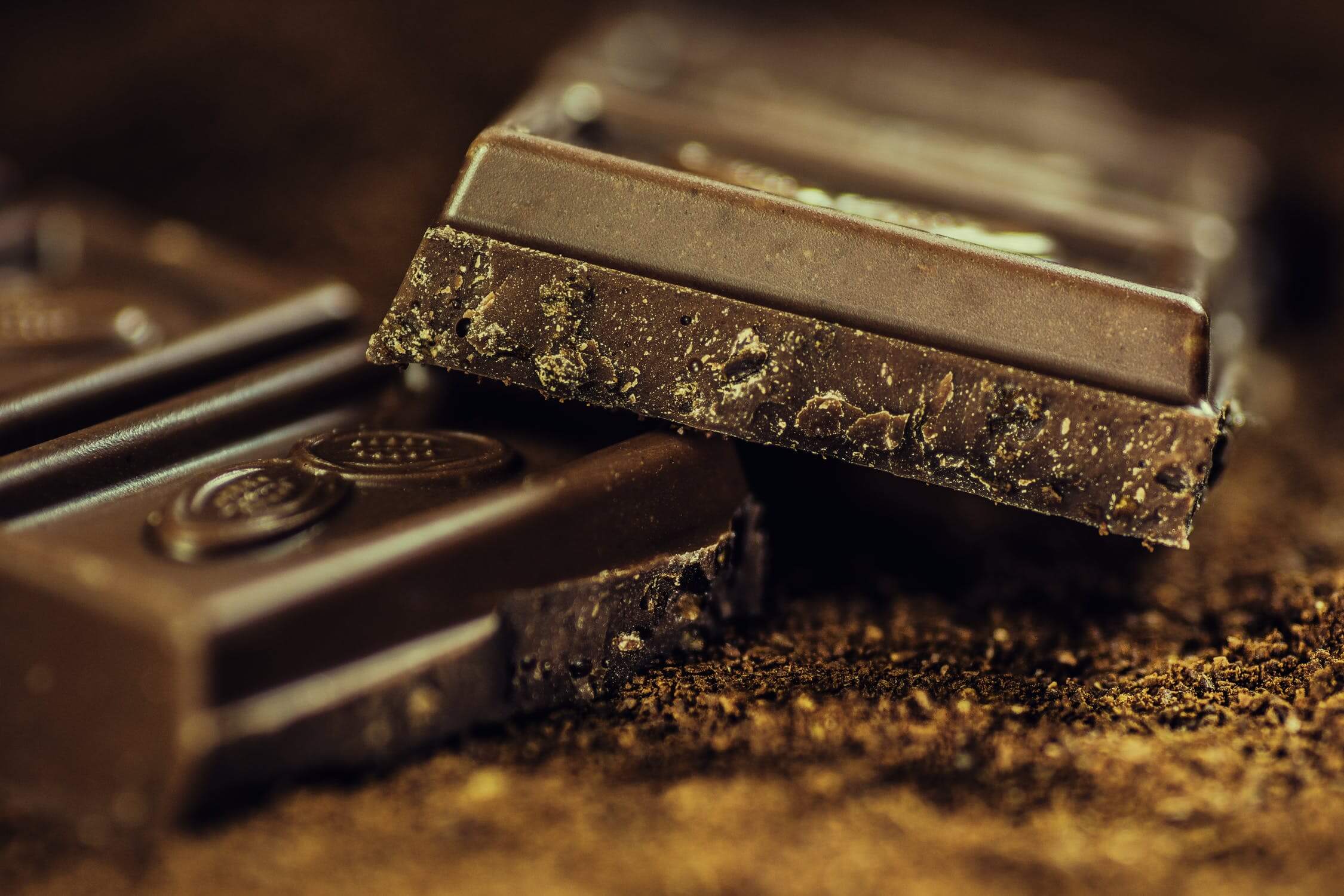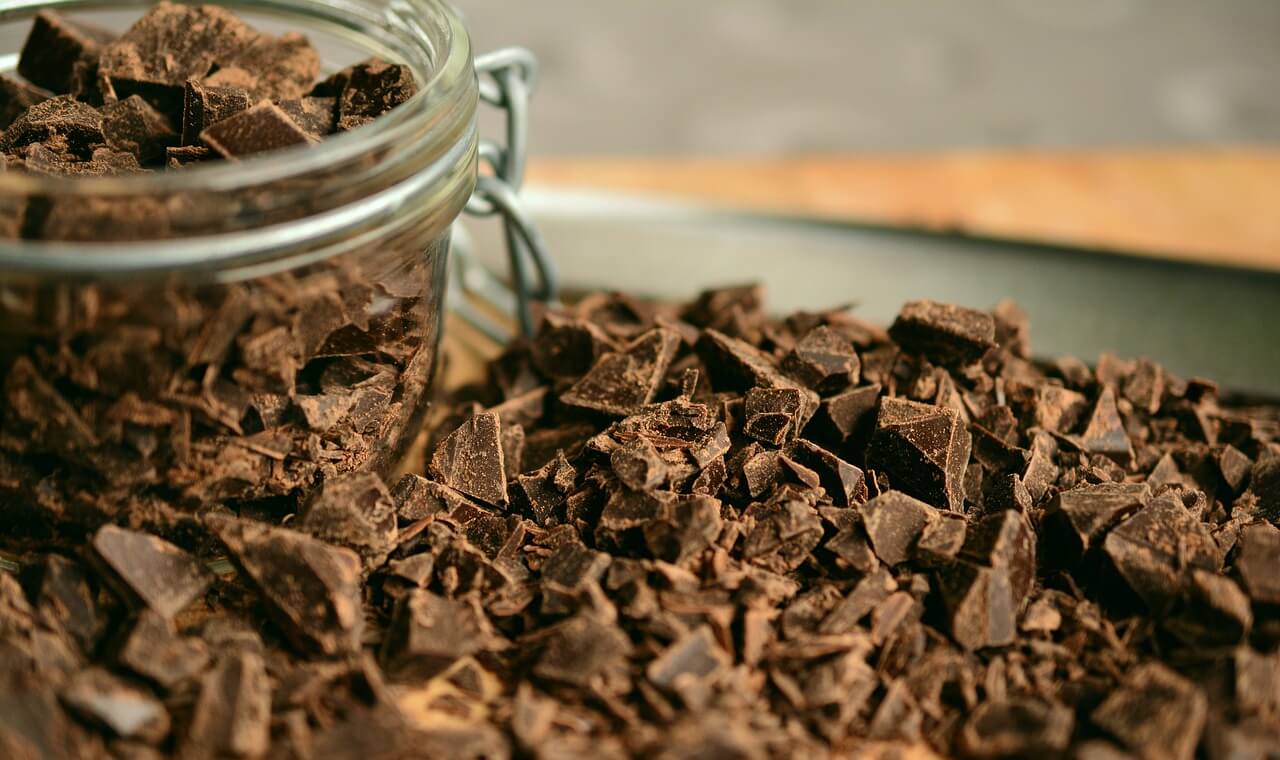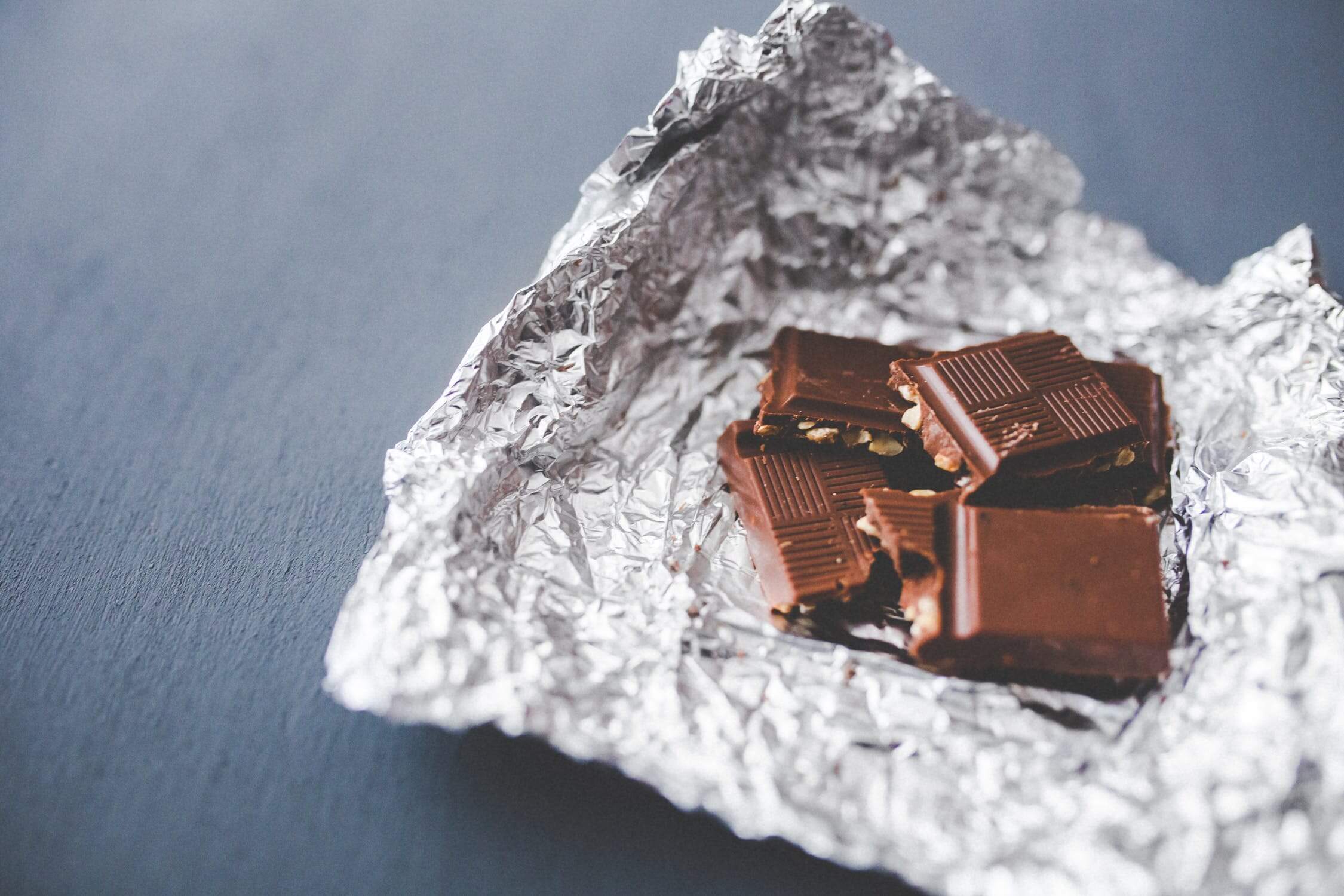Do you like chocolate? There aren’t many people who would answer that question in the negative; according to some estimates, fully 91% of women and 87% of men eat some form of chocolate regularly. In 2016, global retail sales of the sweet stuff amounted to a staggering $98.2 billion USD!
It’s easy enough to walk down to the corner store or neighborhood candy shop and purchase a mass-market chocolate bar. True chocoholics, however, opt for small-batch, artisanal chocolate or bars imported from other countries. European and Japanese chocolates, for example, often taste entirely different than the stuff we’re used to here in the U.S.
Once you start getting into craft chocolate, or if you’re a novice baker who’s befuddled by the array of chocolate offerings in the grocery store aisle, you’ll want to know exactly what you’re dealing with. That’s why we’ve compiled this guide to understanding all the different types of chocolate that are out there — and whether you should let them melt on your tongue or incorporate them into your cookies!
A (Very) Basic Primer on Chocolate Production
In order to understand what makes milk chocolate so different from dark, or why some people consider white chocolate isn’t chocolate at all, we have to look at how chocolate is produced. The chips in your cookies begin life as cacao nibs, which are similar in appearance and texture to coffee beans. These are the product that results when cacao beans are fermented, dried, and roasted. The nibs are then ground into a thick, creamy paste called chocolate liquor. (Don’t get too excited; chocolate liquor is a non-alcoholic substance that bears no resemblance to the Godiva liqueur that goes into your chocolate martini.) This can be further refined into cocoa butter and cocoa solids.
If you’ve ever used unsweetened chocolate to make a cake, brownies, or cookies, that’s essentially what chocolate liquor is, after it’s processed into a bar form. This type of chocolate, as the name implies, has no extra sweetener. As any child who has snuck a bite froma bar of baking chocolate can tell you, it’s very bitter and not pleasant to eat on its own.
Chocolate Percentages, Demystified
Here’s where the percentages you sometimes see on chocolate bar labels come into play. As sugar, milk, vanilla or other flavorings, emulsifiers, and other additives are combined with the chocolate liquor, the percentage of pure chocolate goes down. In the United States, the Food and Drug Administration regulates the usage of chocolate-related terms vis-a-vis the percentages of ingredients. The percentage that you see on a chocolate wrapper refers specifically to the amount of chocolate liquor, which comprises cocoa butter and cocoa solids.
You can find dark chocolate with percentages as high as 80-85%, but it takes a true connoisseur to enjoy the somewhat bitter taste of those bars. What most people think of as “dark chocolate” is usually in the range of 50-75%, although, any bar above 35% can be termed bittersweet or semi-sweet.
Although many people think that bittersweet and semi-sweet chocolates sit at different points on the same continuum, with semi-sweet containing more sugar and therefore being closer to milk chocolate, in fact the terms are fairly interchangeable. Some eperts go so far as to call them meaningless. Here in the U.S., once a chocolate has met that 35% threshold, there are no FDA regulations concerning these terms. Chocolates made elsewhere may be termed bittersweet, semi-sweet, or dark. It’s largely up to the manufacturer, although many chocolate companies these days are including the percentage on their label as consumers become more knowlesgeable.
In order to be called “milk chocolate” stateside, a product must contain at least 10% chocolate liquor and no less than 12% milk. Some milk chocolates, especially higher-end ones, contain closer to 40% of chocolate liquor. (Many people believe that all chocolate contains dairy, but this isn’t so — and it’s the reason that vegans can enjoy chocolate chip cookies. They simply have to look for bitter- or semi-sweet chips that contain no milk.)
So if a chocolate bar contains 12% milk and, say, 30% chocolate, what accounts for the rest of the equation? Primarily sugar. Flavorings, emulsifiers, and preservatives take up some space, too, but there’s a reason that milk chocolate goes down easier for most folks than dark. Although the dairy helps to mellow the taste, it’s largely the sugar content that accounts for milk chocolate’s appeal to consumers who will brook no hint of bitterness whatsoever.
What about white chocolate? There are many who deride it as an imposter, claiming it’s not technically chocolate at all, and those folks are partially correct. White chocolate has had the cocoa solids removed, but retainst he cocoa butter. Per FDA stipulations, white chocolate must contain at least 20% cocoa butter and 14% dairy (milk, milk solids, or cream). So love it or hate it, whether white chocolate deserves its moniker is really a question of semantics.
Wrapping Up
Are you craving a chocolately treat yet? We hope you’ve enjoyed this quick introduction to the world of chocolate ingredients and terminology. Now that you understand what the percentages on chocolate bar labels mean, you can choose the perfect chocolate whether you’re giving it as a special gift, using it to bake holiday cookies and other treats, or just enjoying it as a decadent, delectable snack!

